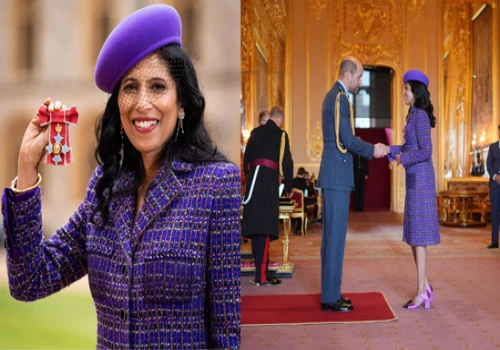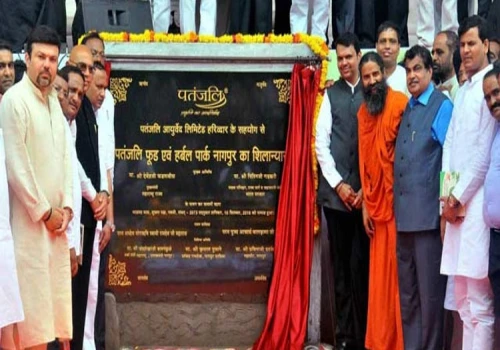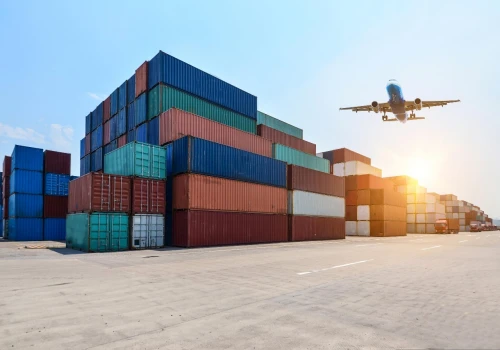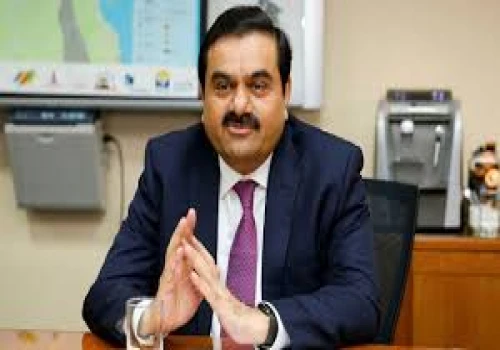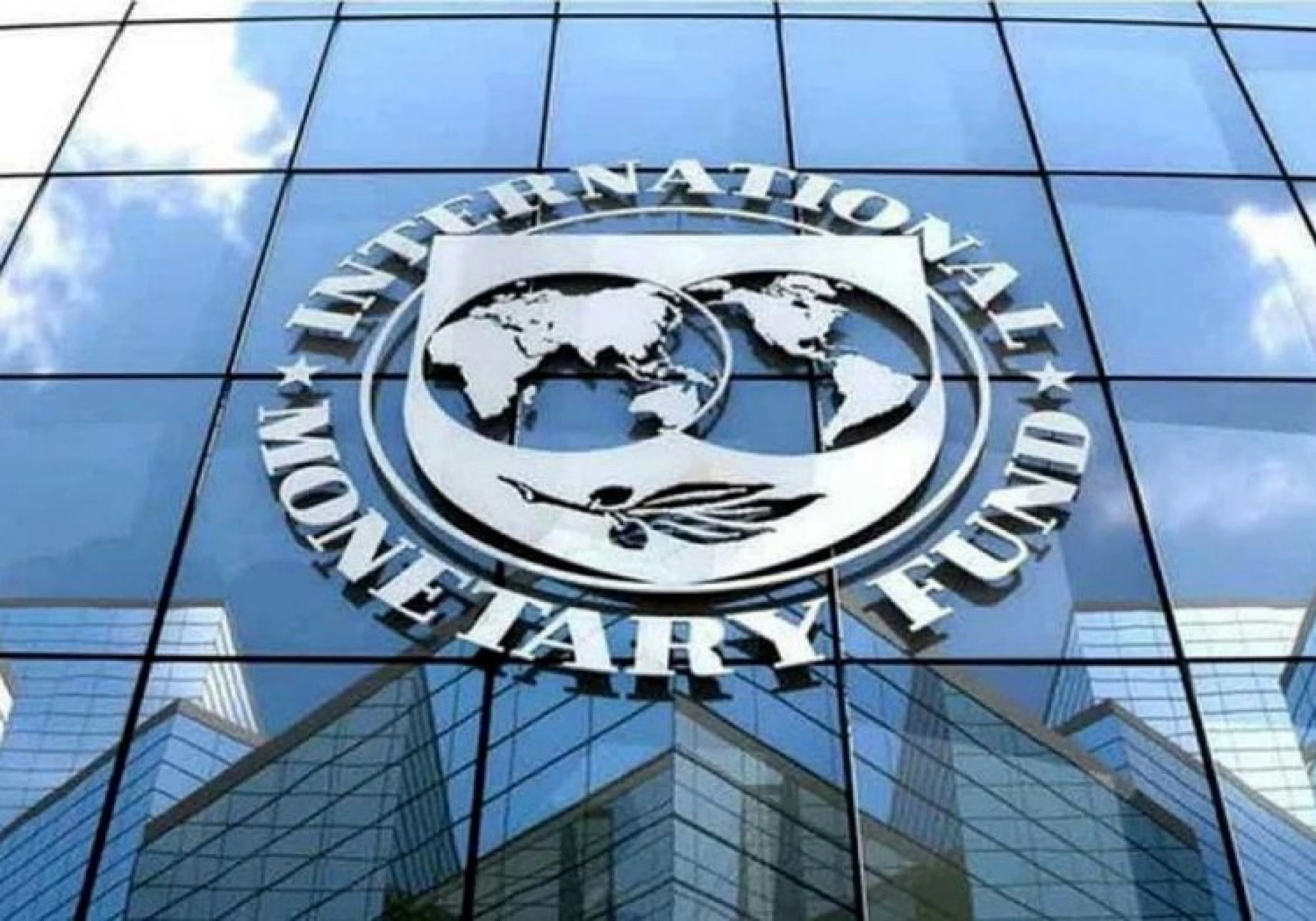
In a recent clarification, the International Monetary Fund (IMF) has sought to distance itself from a growth prediction for India made by Krishnamurthy Subramanian, an Executive Director at the IMF. Subramanian, who also serves as India's representative at the IMF, had projected an 8% growth rate for the Indian economy until 2047. However, the IMF emphasizes that Subramanian's remarks do not reflect the official forecast of the organization.
Individual Views vs. Official Forecasts
Julie Kozack, spokesperson for the IMF, clarified the distinction between the roles of Executive Directors and the IMF staff. Executive Directors represent their respective countries or groups of countries on the IMF's Executive Board. Their views and pronouncements are separate from the official forecasts and analysis produced by the IMF's professional staff.
The IMF is scheduled to update its World Economic Outlook (WEO) in the coming weeks. This report provides the official growth projections for various countries, including India. In January 2024, the IMF had projected a medium-term growth rate of 6.5% for India, reflecting a slight upward revision from their October 2023 forecast.
Unpacking Subramanian's Optimism
Subramanian's prediction of 8% growth hinges on India's ability to sustain and accelerate positive policy reforms. He believes that by doubling down on successful policies implemented over the past decade, India can unlock significant growth potential.
Investor Caution and Market Response
While Subramanian's vision for India's economic future is undoubtedly optimistic, investors and analysts likely await the official IMF forecast with more weight. The WEO report is a critical source of information for financial decision-making, and the IMF's projections are closely scrutinized by market participants.
Looking Ahead: WEO Update and India's Growth Trajectory
The upcoming WEO update will provide valuable insights into the IMF's assessment of India's growth prospects. Factors such as global economic conditions, domestic policy decisions, and ongoing reforms will all be factored into the IMF's analysis.
Subramanian's comments, while not representing the official IMF stance, highlight the potential for robust economic growth in India. The key question remains: can India capitalize on its strengths and navigate potential challenges to achieve the kind of sustained high growth envisioned by Subramanian?
In the coming weeks, the IMF's WEO update will shed light on the official growth projections for India. Investors and policymakers will be keenly watching the report to assess India's economic trajectory and guide their decisions.




